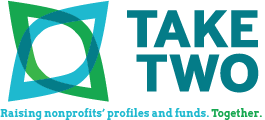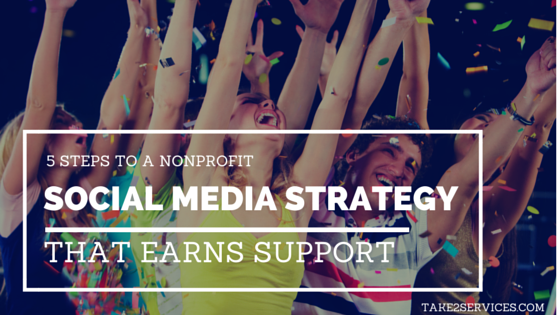
Your Nonprofit’s Communications Must-Have For 2014: Content

Fresh, relevant, and well-produced content is what gets your Likes and Follows up, your emails opened, and clicks on your website.
What do we mean?
- Blog posts, photos, videos, animations, infographics, graphics, quotes – all of this is content.
- Fresh – new (and sometimes recycled) material. It could be a story or could be a point of view; fresh content means you have something to say (or share).
- Relevant – share what your audiences care about, what resonates with them. Otherwise, they’ll delete or click-away.
- Well-produced – this is tricky. Not all your content needs to be slick or produced by professionals. But if it seems outmoded in look and feel, chances are people will pay less attention.
Why are we – and everyone else – harping on content?
During a recent nonprofit giving opportunity, we found that nonprofits that shared meaningful content with their ask had much better success, not only in terms of monies raised, but also in overall engagement. Nonprofits that asked for donations without new content did raise funds from their support base, but didn’t appear to generate new support. There’s no way to trace exactly what motivated people to engage with certain nonprofits, but we’re willing to bet that content is a key factor.
We know that creating and putting out new content isn’t always easy – you need staff and time to gather material, put it together, and use writing/editing and basic design skills. And then, of course, you then need to get this content out to the right. But, we urge you, in 2014, make the investment in developing content. It will pay off. Like the guy in the Men’s Wearhouse commercial, we can sign off on it. Because we’ve seen the evidence first-hand.





